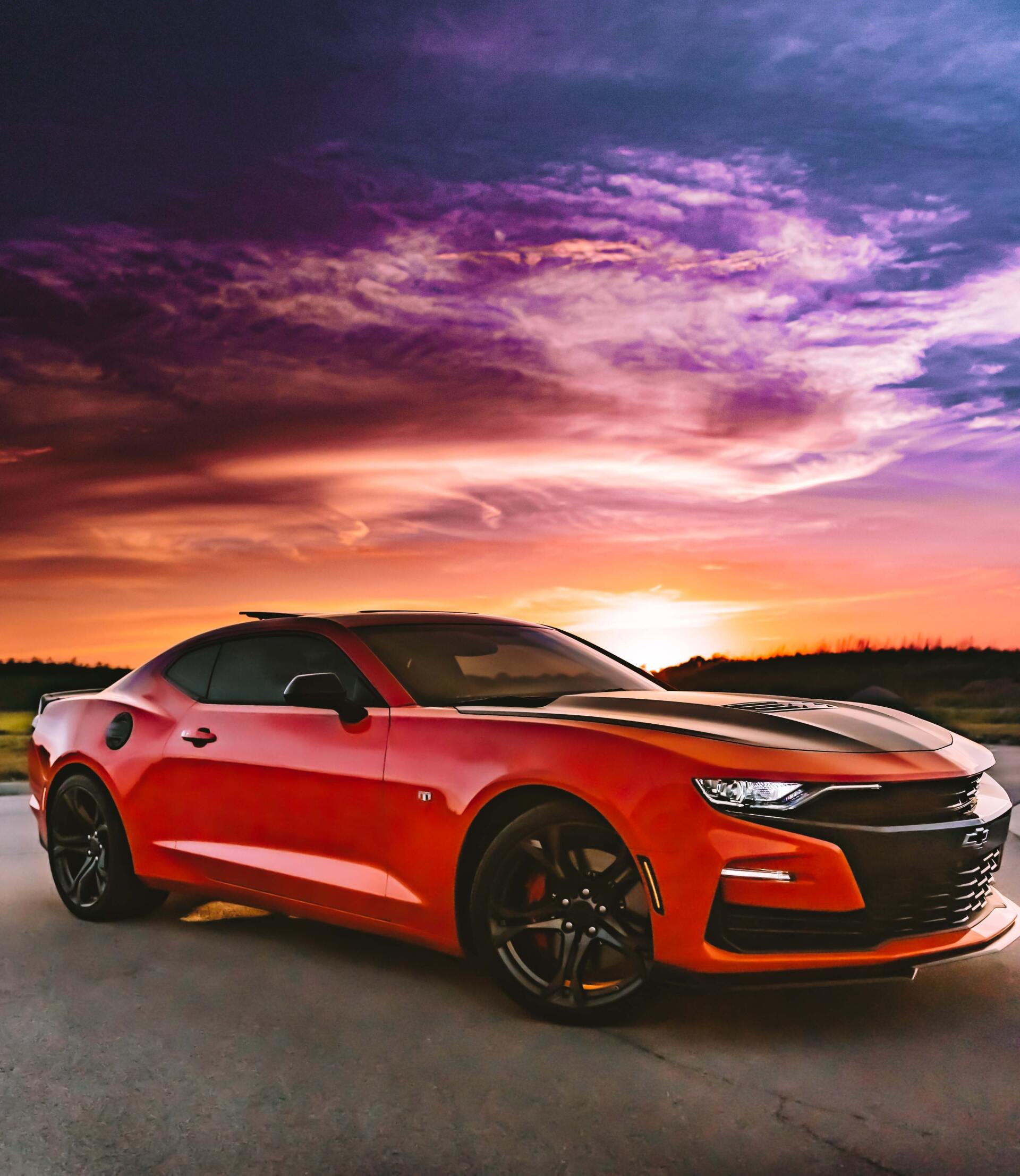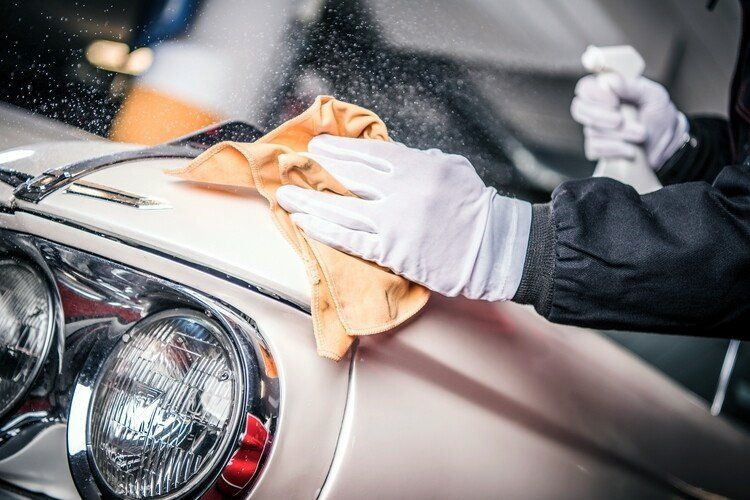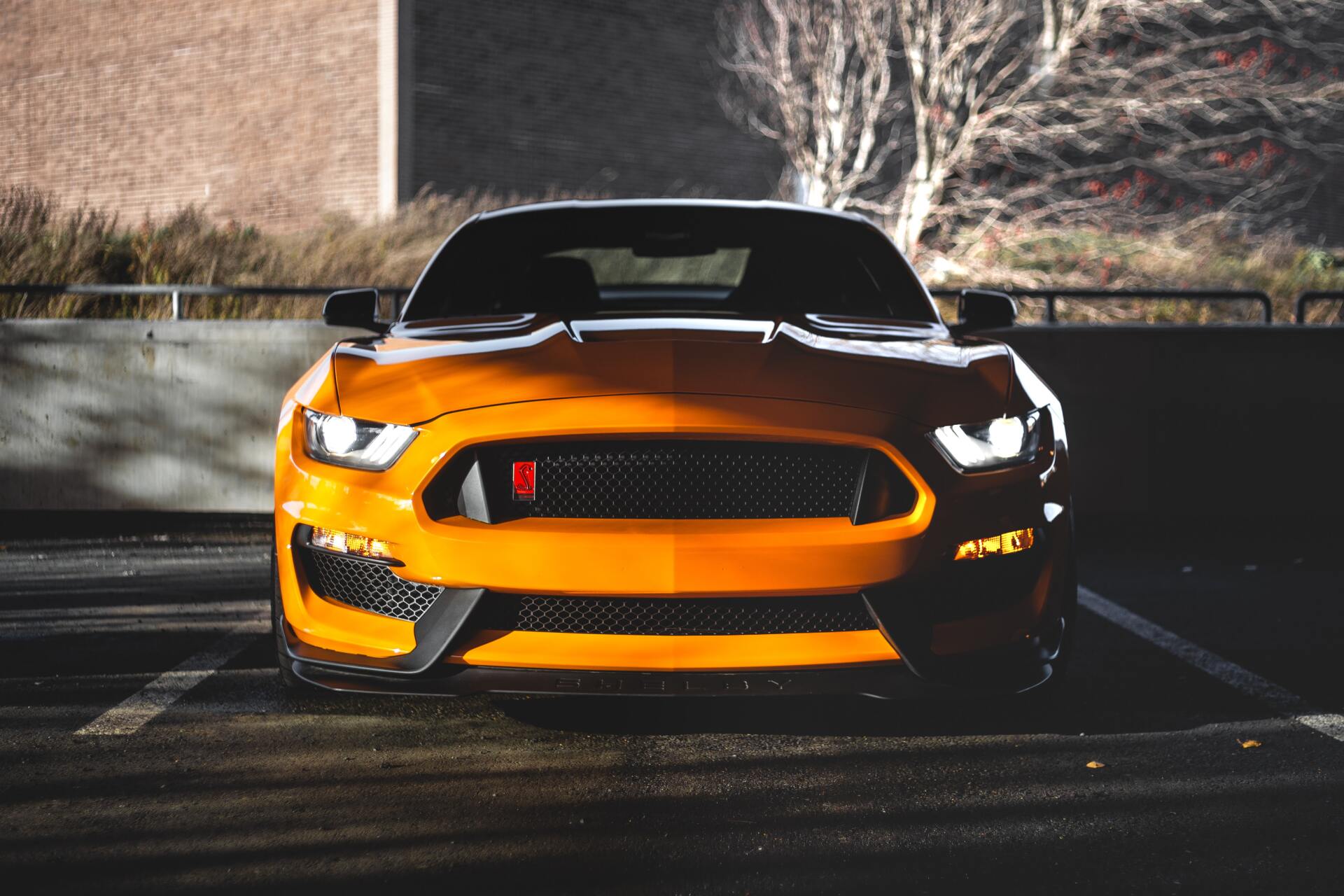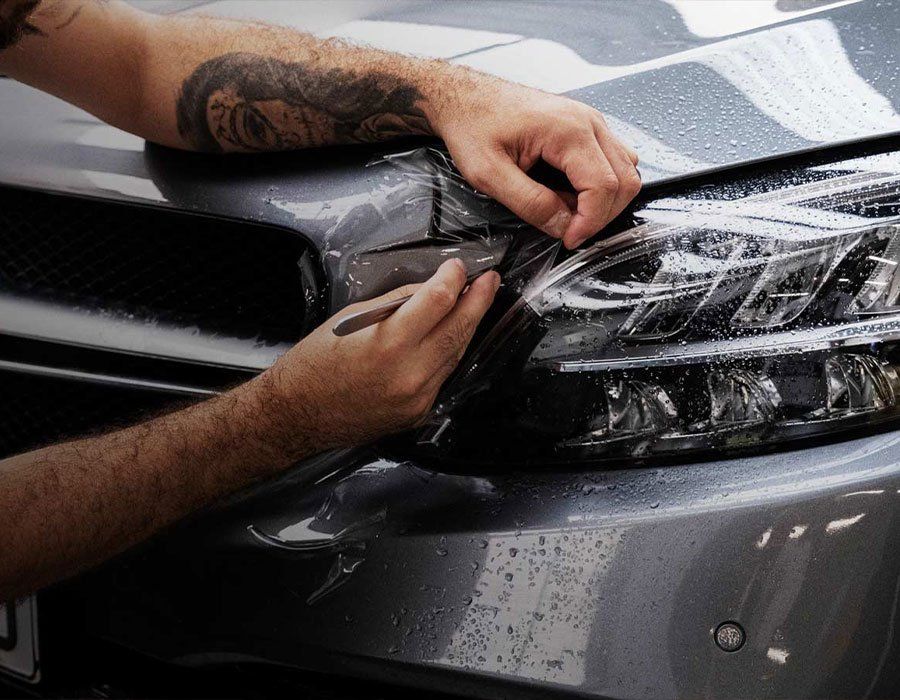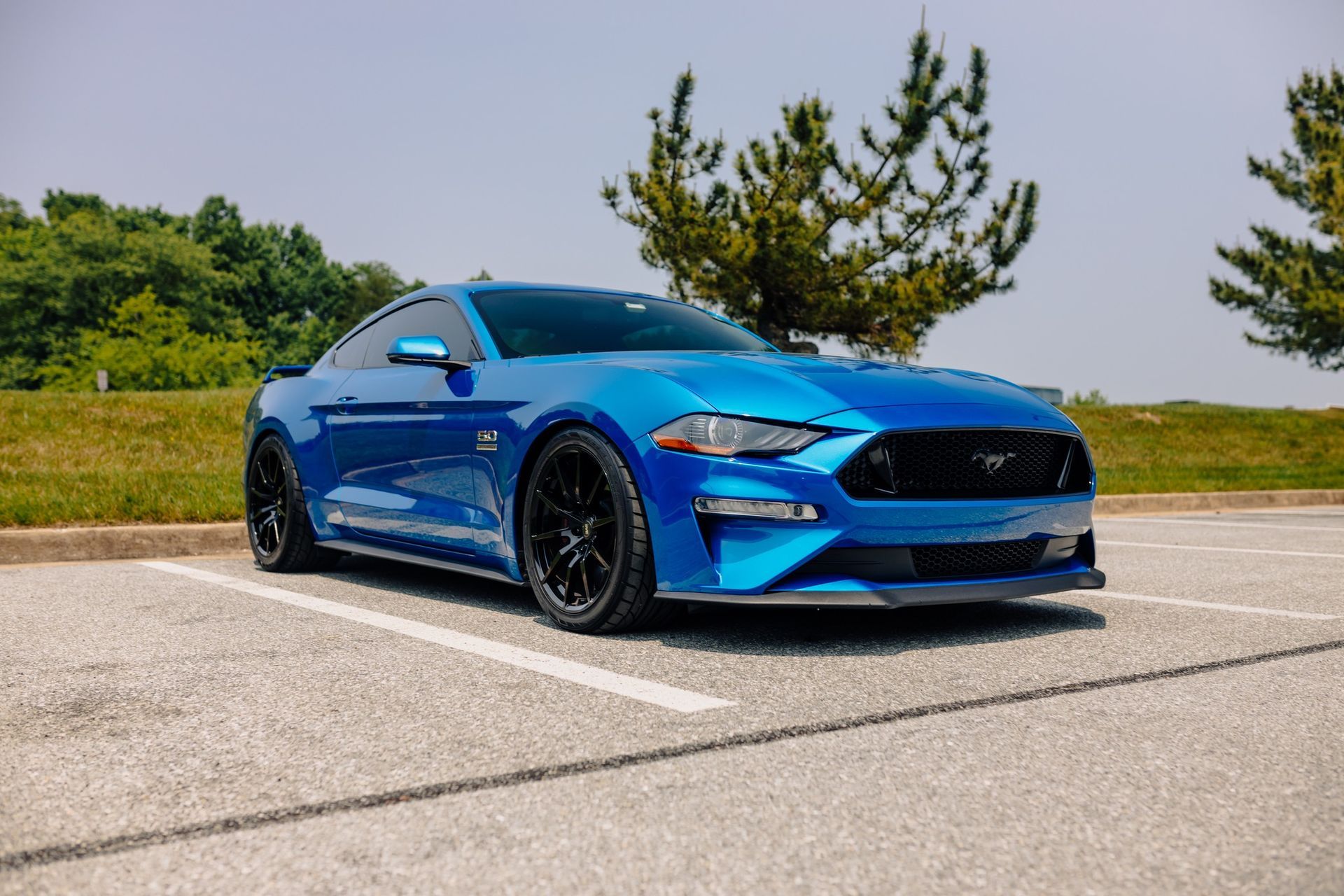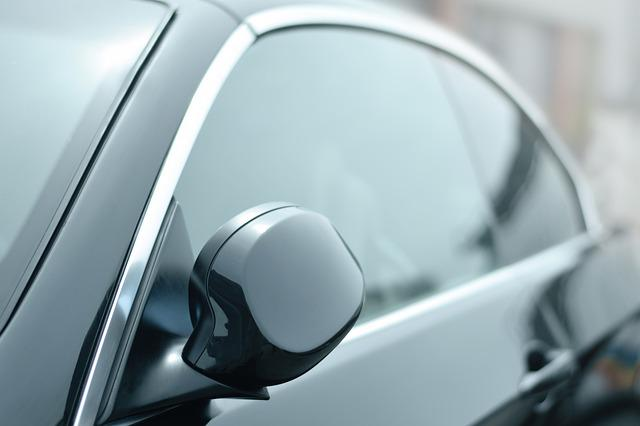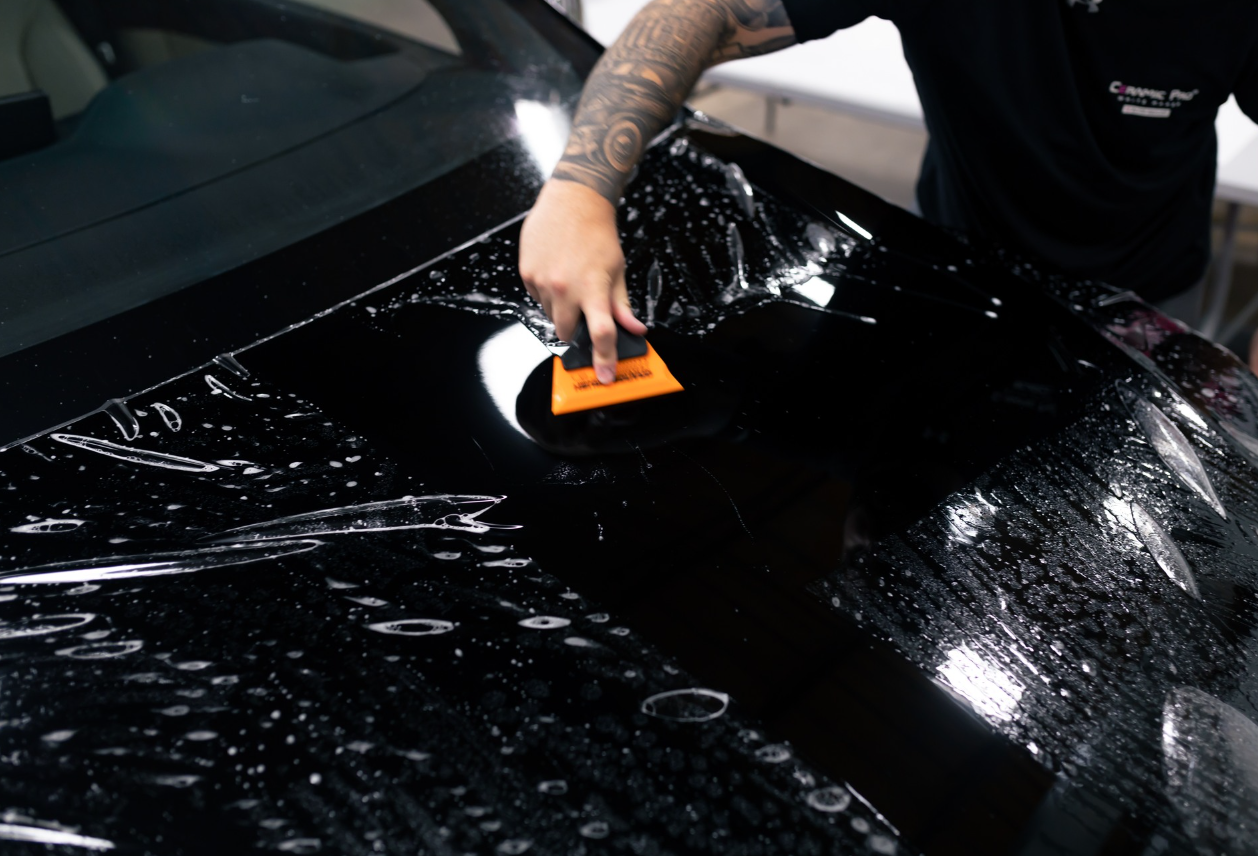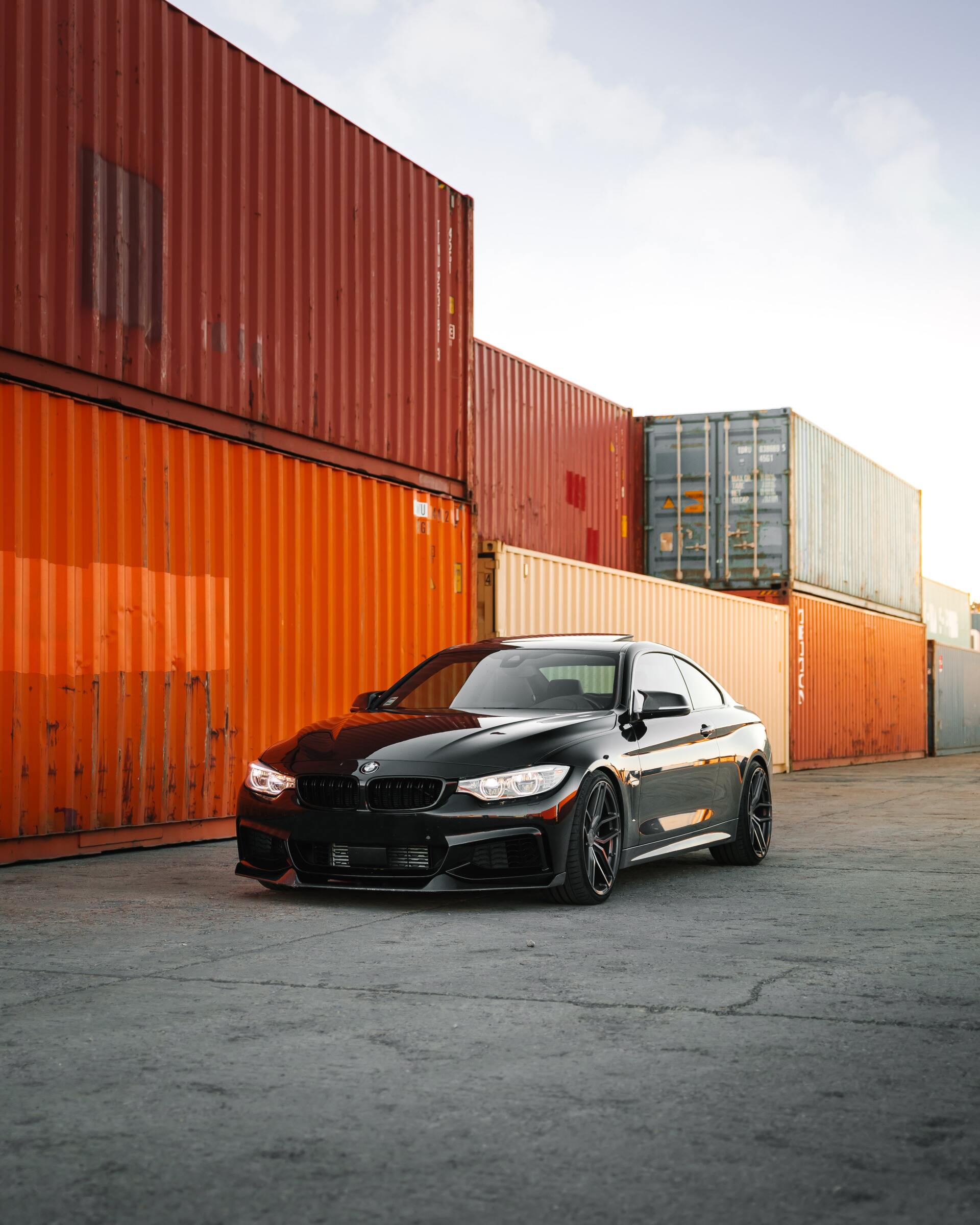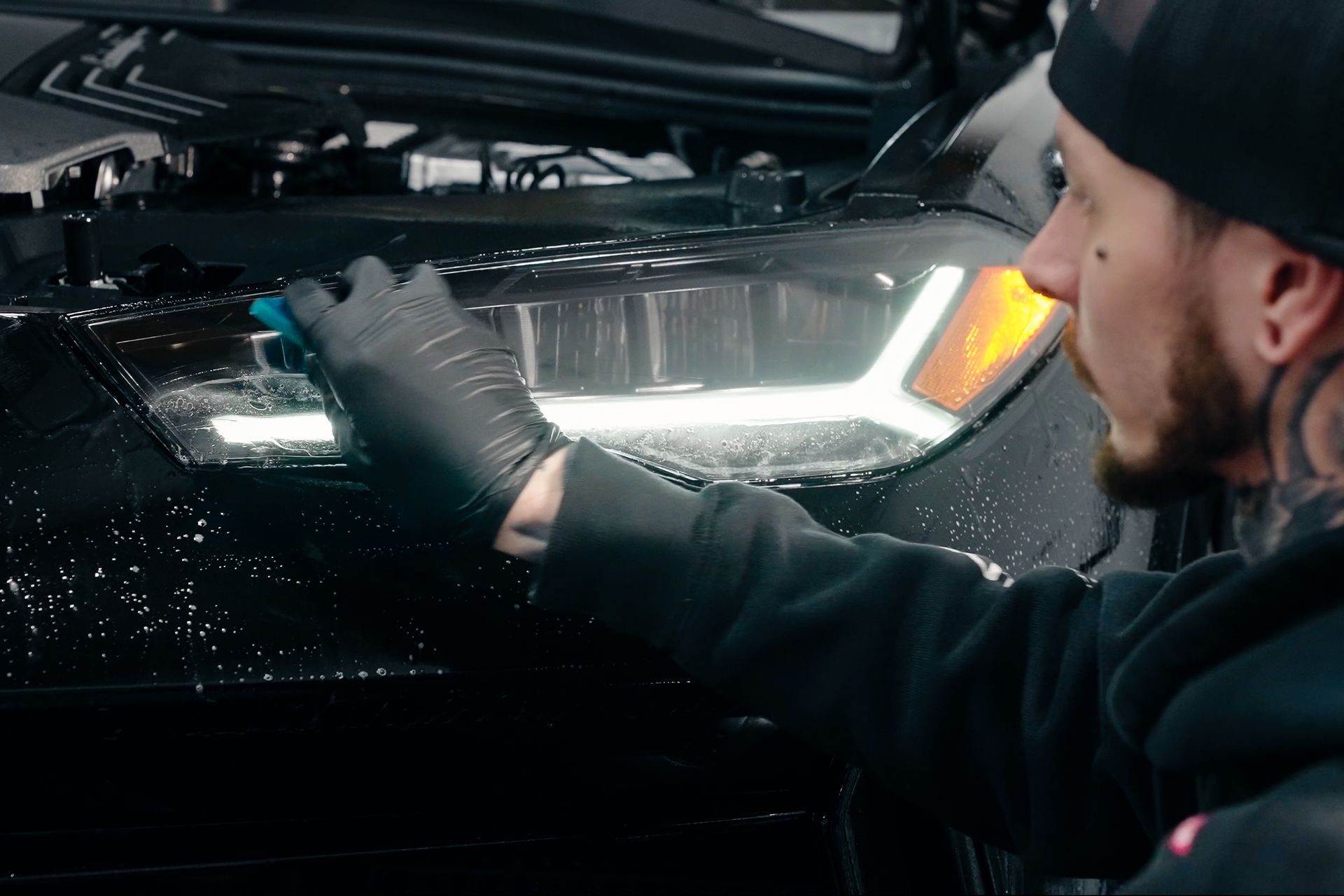Car window tinting is the process of darkening the inside of a car's windows and windshield by applying a thin, transparent film. The thin film is typically made of polyester and adheres to the inside of car windows.
The thickness, the material used, and the darkness of the film vary depending on the state laws and restrictions of the respective states.
Car window tinting has become so common in the automotive industry that some manufacturers now offer models with window tint.
Benefits
Aside from darkening the windows for aesthetic reasons, window tinting has logical and beneficial reasons that vary between vehicle owners.
Privacy and Security
Car window tinting is a cost-effective way to keep prying eyes out and your vehicle privately. The additional layer of tinting makes it more difficult for people to see into your vehicle and may deter vehicle burglars because they can't see what's inside.
UV Protection
While sunlight is beneficial in moderation, excessive exposure, such as when driving, can wreak havoc on the skin, leading to skin cancer.
Tinted car windows protect the skin from sunburn by blocking UV rays. These rays can also be harmful to the interior of a vehicle. The heat and harmful UV rays it emits can cause interior damage such as fading upholstery and accents or cracking material.
Keeps a car cooler
Along with UV protection, window tinting absorbs solar heat, preventing some sunlight from entering the vehicle. Tint helps to keep the temperature inside the car cooler and prevents interior heat during the day by allowing less UV to enter the vehicle.
Safety
Window tinting helps to reduce glare at night and during the day, which can obstruct a driver's vision in certain situations. Window tinting reduces your chances of being blinded by the sun during the day or by oncoming headlights at night. This increases everyone's safety.
Window tinting also protects against glass shattering in vehicles. In the event of an accident, the tint film can help to keep the glass together and protect you from injuries caused by small shards of glass.
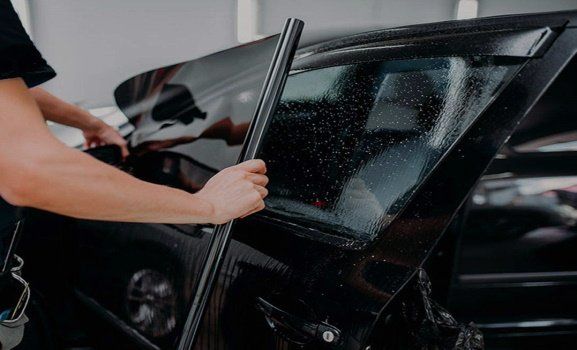
Types of tint
Car window tinting is available in a variety of materials and shades and can be chosen based on individual requirements. These variations are also based on one's location, as vehicle manufacturers design the tint with the type of climate and heat level in mind.
A dark film transmits less light than a standard performance measurement that includes visible light transmission.
Dyed Film
This is the most common type of window tint, which consists of a sticky layer of film sandwiched between a polyester topcoat and dye. This option is both long-lasting and inexpensive.
The dyed film absorbs heat from the outside and gives the car a dark appearance while blocking some of the sunlight. However, because it lacks UV protection, it decolorizes over time.
Metallic film
This option contains metal particles within the film that bond to the window, giving it a gleaming metallic appearance.
The metal makes it fade-resistant and shatterproof, as well as resistant to UV rays and scratch-resistant. This tint, however, may interfere with phone and radio signals.
Carbon film
Carbon tint gives car windows a matte finish, giving them a sleek appearance while also providing UV protection and solar heat reduction.
Carbon tint is more durable, but it is more expensive than dyed and metallic tints.
Crystalline film
Crystalline tinting does not appear dark, but it does block ultraviolet radiation and heat. This type of film contains no metal and provides a tint without darkening the car.
Hybrid film
This type of film contains both metallic particles and dye, which benefits both types. It is an excellent match for both types, giving off a dark yet crisp appearance.
Ceramic film
Ceramic window tinting is the most expensive because it has advantages over other types of tinted windows. This tint is resistant to fading and shattering. Because of its carbon auto window tint component, it provides maximum visibility while absorbing UV rays and high levels of light. It has a high level of heat reduction and reduces glare.
How Tint is applied
The tint will be precut by computerized cutters based on the vehicle. Inside, the windows are thoroughly cleaned. To remove air bubbles from the film, a heat gun and a card are used. The tint is applied to the inside of the car window using soap and water to help move it into place. Finally, a hard edge is used to squeegee out any excess water until it is completely clear.
The amount of window tinting varies by state. Window tint laws are based on visibility, and drivers must adhere to the guidelines.
In Baltimore, MD state laws are applicable for car window tint film. On all vehicles, tinting with a reflective or sparkling effect is prohibited. Any window film applied to the windshield should be no more than 5 inches from the top of the windshield.
On passenger vehicles, add-on window tint on all windows and the windows on the driver’s and right-front passenger doors on multipurpose cars should not have less than 35% light transmittance. However, on multipurpose vehicles, all other windows can be tinted to any degree of darkness.
Window Film Experts
Are you considering having your vehicle windows tinted?
Leave your vehicle window film to the experts at Detail Solutions where we offer top-quality window tinting services for every possible budget. We’re your one-stop shop for professional window tinting in Baltimore with high-quality window films at the best pricing.
Or outstanding work speaks for itself. Contact us today at (410) 238-3000 or visit our website to book an appointment for the best window tint job.


